China is one of the world’s largest exporters of goods, and Europe is one of its major markets. According to the World Bank, China exported $2.5 trillion worth of goods in 2020, and about 20% of that went to the European Union. Therefore, logistics from China to Europe is a vital and complex process that involves various modes of transport, routes, costs, and challenges.
In this article, we will explore the different options for transporting goods from China to Europe, the factors that affect the duration and cost of each option, and the current trends and issues in the logistics industry.
Transport Modes from China to Europe
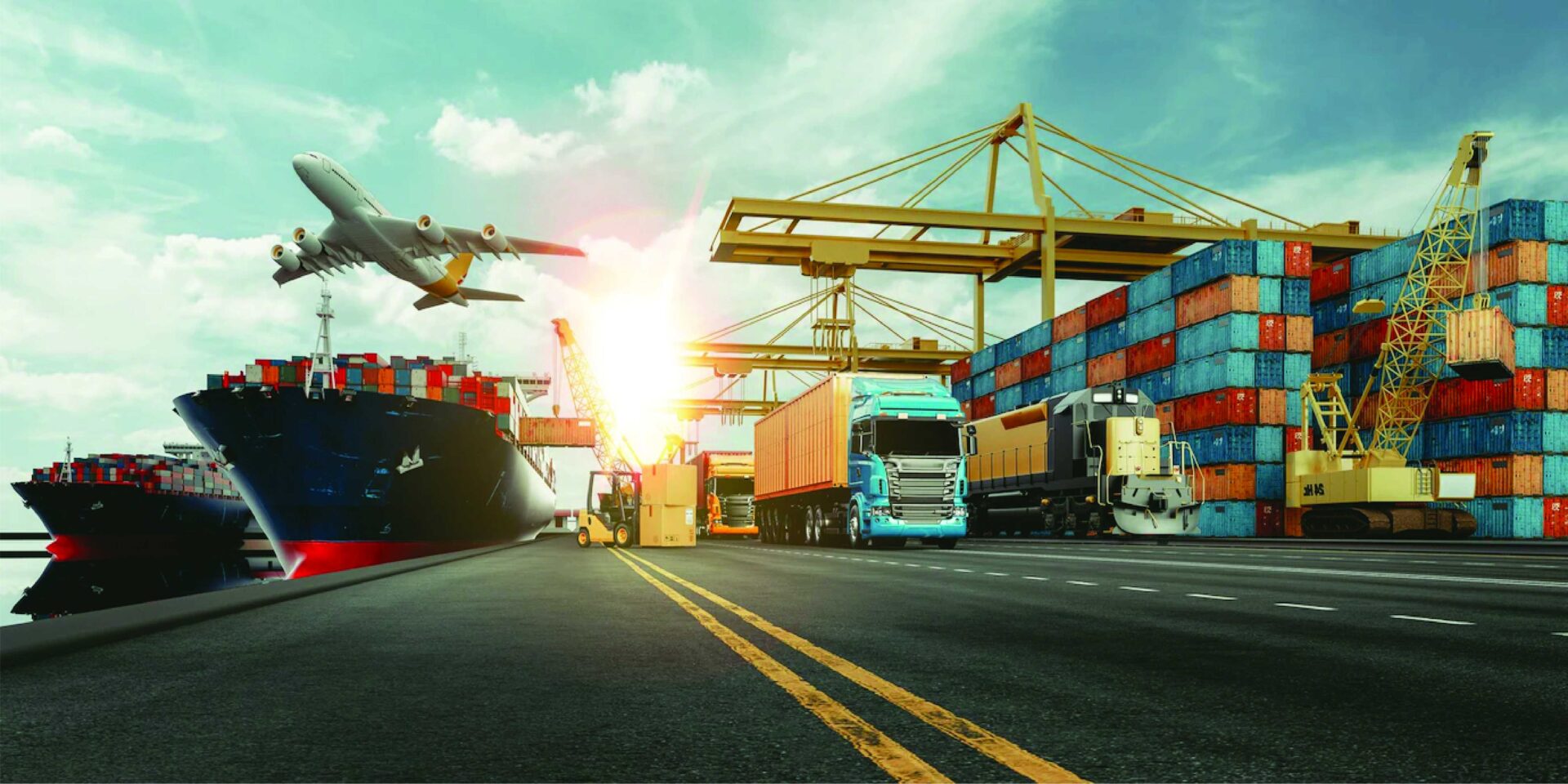
There are four main modes of transport for shipping goods from China to Europe: air, sea, road, and rail. Each mode has its advantages and disadvantages depending on the type, volume, weight, urgency, and value of the goods.
Air Freight
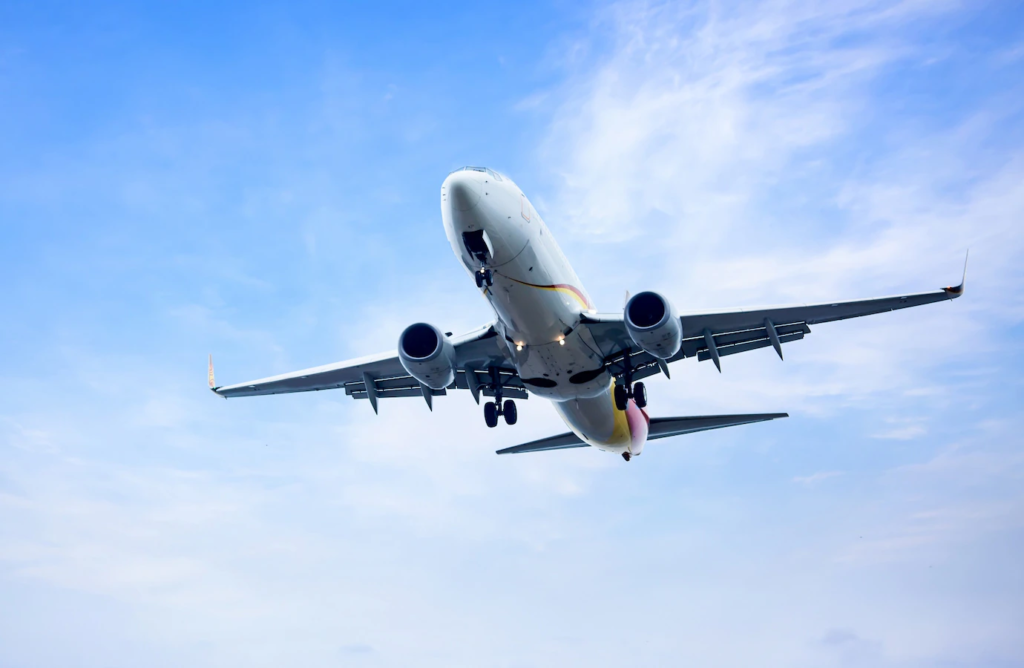
Air freight is the fastest and most secure mode of transport for small or urgent shipments. It usually takes about 3 to 10 days to ship goods by air from China to Europe, depending on the origin and destination airports, customs clearance, and flight availability.
However, air freight is also the most expensive mode of transport, as it charges by the dimensional weight (the volume or space occupied by the cargo) rather than the actual weight. Air freight is also subject to various regulations and restrictions on certain types of goods, such as hazardous materials, liquids, batteries, etc.
Sea Freight
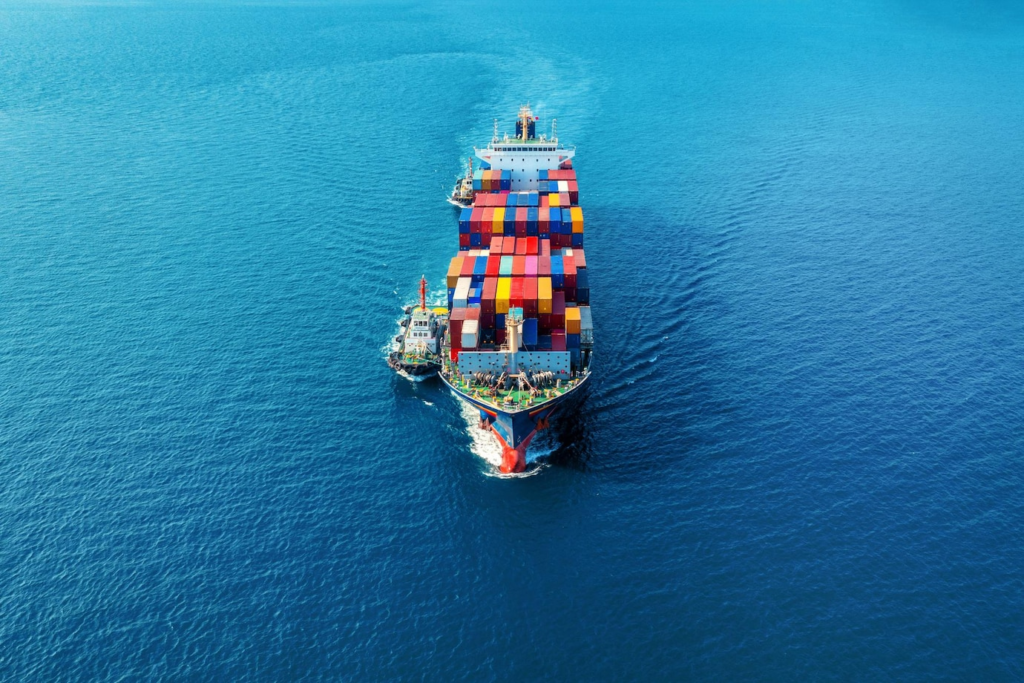
Sea freight is the most common and cost-effective mode of transport for large volumes of goods. It usually takes about 30 to 40 days to ship goods by sea from China to Europe, depending on the origin and destination ports, customs clearance, and weather conditions.
Sea freight charges by the container size (either 20’ or 40’ long) rather than the weight or volume of the cargo. There are two options for sea freight: full container load (FCL) or less than container load (LCL). FCL means that the goods fill an entire container and are shipped as a single unit. LCL means that the goods share a container with other shipments and are consolidated and deconsolidated at the origin and destination ports.
Sea freight is also subject to various regulations and restrictions on certain types of goods, such as hazardous materials, liquids, batteries, etc.
Road Freight
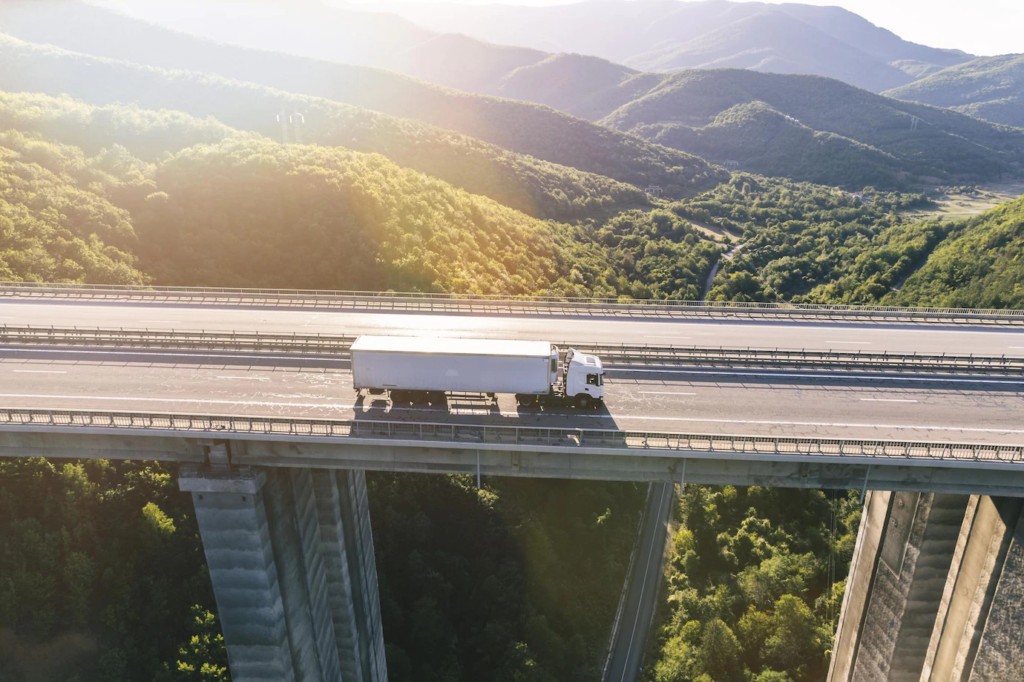
Road freight is a flexible and reliable mode of transport for short-distance or cross-border shipments. It usually takes about 15 to 25 days to ship goods by road from China to Europe, depending on the origin and destination countries, customs clearance, traffic conditions, and driver availability.
Road freight charges by the weight or volume of the cargo rather than the container size. There are two options for road freight: full truckload (FTL) or less than truckload (LTL). FTL means that the goods fill an entire truck and are shipped as a single unit. LTL means that the goods share a truck with other shipments and are consolidated and deconsolidated at different points along the route.
Road freight is also subject to various regulations and restrictions on certain types of goods, such as hazardous materials, liquids, batteries, etc.
Rail Freight

Rail freight is a relatively new and fast-growing mode of transport for medium-distance or intercontinental shipments. It usually takes about 15 to 20 days to ship goods by rail from China to Europe, depending on the origin and destination stations, customs clearance, and train availability.
Rail freight charges by the weight or volume of the cargo rather than the container size. There are two options for rail freight: full trainload (FTL) or less than trainload (LTL). FTL means that the goods fill an entire train and are shipped as a single unit. LTL means that the goods share a train with other shipments and are consolidated and deconsolidated at different points along the route.
Rail freight is also subject to various regulations and restrictions on certain types of goods, such as hazardous materials, liquids, batteries, etc.
Transport Routes from China to Europe
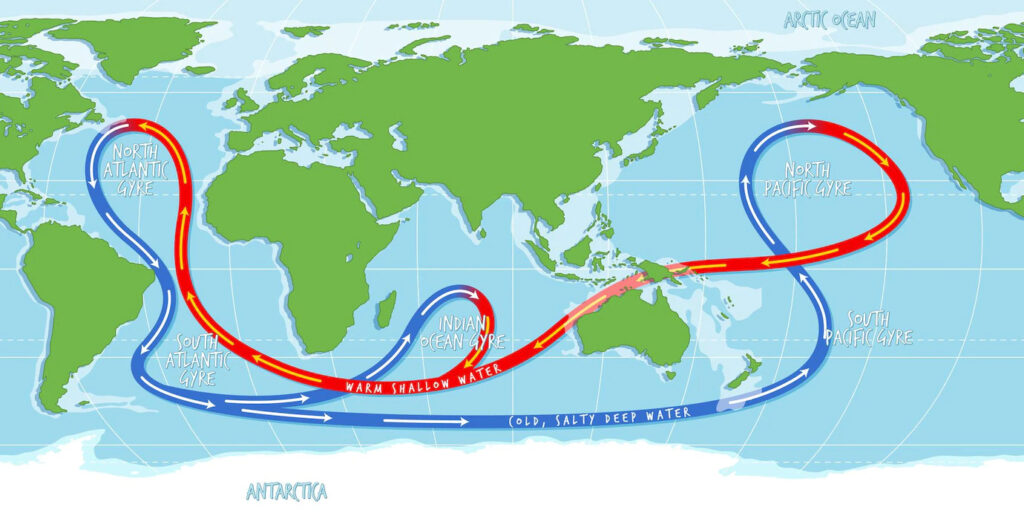
There are various transport routes for shipping goods from China to Europe depending on the mode of transport chosen. The following table shows some examples of popular routes for each mode:
| Mode | Origin | Destination | Example |
|---|---|---|---|
| Air | Beijing Capital International Airport | Frankfurt Airport | Air China CA931 |
| Sea | Shanghai Port | Rotterdam Port | Maersk Line AE10 |
| Road | Chengdu | Warsaw | DHL Road Freight |
| Rail | Xi’an | Duisburg | China Railway Express |
Transport Costs from China to Europe
The transport costs from China to Europe vary depending on the mode of transport, the origin and destination, the type and volume of goods, the season and market conditions, and other factors. The following table shows some examples of average costs for each mode as of June 2023:
| Mode | Origin | Destination | Cost |
|---|---|---|---|
| Air | Shanghai | Frankfurt | $5.5 per kg |
| Sea | Shanghai | Rotterdam | $1,500 per 20’ container |
| Road | Chengdu | Warsaw | $2,000 per pallet |
| Rail | Xi’an | Duisburg | $3,000 per 20’ container |
Note that these costs are only indicative and do not include other fees such as customs clearance, insurance, storage, etc.
Transport Trends and Issues from China to Europe

The logistics industry from China to Europe is facing various trends and issues that affect the supply and demand, the capacity and availability, and the efficiency and reliability of each mode of transport. Some of the current trends and issues are:
- The Covid-19 pandemic has disrupted the global supply chains and caused a shortage of containers and freight capacities, especially for air and sea freight. This has led to increased delays, congestion, and costs for shippers and carriers.
- The New Silk Road initiative by China has boosted the development and expansion of the rail network across Eurasia, offering a faster and cheaper alternative to sea freight and a more eco-friendly alternative to air freight.
- The e-commerce market has grown rapidly in both China and Europe, increasing the demand for small and urgent shipments that require fast and reliable delivery services, such as air freight or express shipping.
- The environmental regulations and sustainability goals have become more stringent in both China and Europe, pushing the shippers and carriers to adopt greener modes of transport, such as rail freight or electric vehicles.
Conclusion
Logistics from China to Europe is a complex and dynamic process that involves various modes of transport, routes, costs, and challenges. Each mode of transport has its pros and cons depending on the type, volume, weight, urgency, and value of the goods. Shippers and carriers need to consider all these factors and choose the best option for their needs. They also need to keep up with the current trends and issues in the logistics industry and adapt to the changing market conditions.





